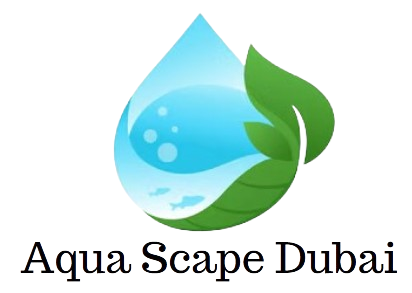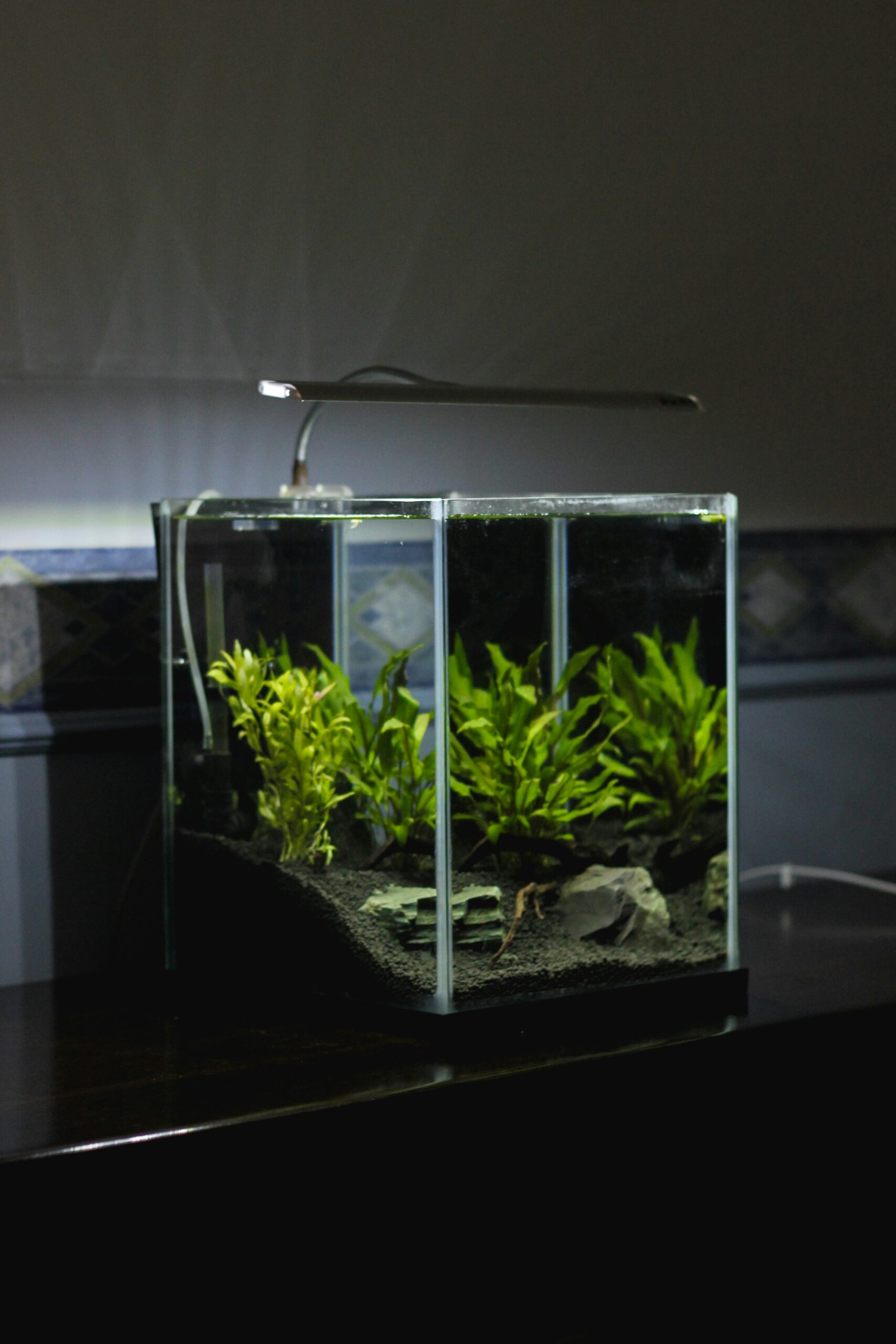Creating Beautiful Aquascapes: Understanding Iwagumi and Dutch Styles
Aquascaping is the art of creating beautiful underwater landscapes in aquariums. There are various styles of aquascaping, each with its own unique characteristics. Two popular styles are the Iwagumi style and the Dutch style. In this blog post, we will focus on understanding the Iwagumi and Dutch styles of aquascaping, their differences, and how to create them.
The Iwagumi style of aquascaping originated in Japan and is characterized by its minimalistic design and focus on stone placement. The word “Iwagumi” translates to “rock formation” in Japanese, which perfectly encapsulates the essence of this style. The goal of the Iwagumi style is to create a sense of tranquility and harmony by carefully arranging rocks in a way that mimics natural landscapes, such as mountains or cliffs.
The Dutch style of aquascaping, on the other hand, is a more lush and vibrant style that originated in the Netherlands. It is known for its use of a wide variety of plant species and vibrant colors. Unlike the Iwagumi style, which focuses mainly on rocks, the Dutch style incorporates a diverse range of plants to create a densely planted and visually striking aquarium. The Dutch style often features a foreground, midground, and background, with plants arranged in a way that creates depth and dimension.
While both styles have their own unique characteristics, they also share some similarities. Both the Iwagumi and Dutch styles require careful planning and consideration of factors such as lighting, substrate, and water parameters. Additionally, both styles require regular maintenance to ensure the health and growth of the plants and overall aesthetic appeal of the aquarium.
In the following sections, we will delve deeper into the specific elements and techniques used in the Iwagumi and Dutch styles of aquascaping. We will explore the types of rocks and plants commonly used in each style, as well as the importance of proper lighting and water parameters. By understanding the intricacies of these styles, you will be equipped with the knowledge to create your own stunning aquascape, whether you prefer the serene simplicity of the Iwagumi style or the vibrant lushness of the Dutch style.
What is Iwagumi Style?
The Iwagumi style originated in Japan and is known for its minimalistic and serene look. The main focus of an Iwagumi aquascape is the arrangement of rocks, typically odd-numbered, in a way that creates a sense of balance and harmony. The rocks are usually placed in a triangular formation, with the largest rock (called the “seki”) as the focal point. This style draws inspiration from Japanese Zen gardens, where rocks symbolize mountains and water represents rivers or lakes.
In an Iwagumi aquascape, the plants are kept simple and low-growing, such as carpeting plants like Hemianthus callitrichoides (dwarf baby tears) or Glossostigma elatinoides. The aim is to create a sense of tranquility and Zen-like atmosphere. The use of minimalistic plant choices allows the focus to remain on the rocks and the overall composition of the aquascape. The plants are often arranged in a way that mimics the natural patterns found in nature, creating a sense of harmony and balance.
One of the key principles of the Iwagumi style is the concept of “ishizuke,” which means “rock arrangement.” This involves careful consideration of the size, shape, and placement of each rock to create a visually appealing and balanced composition. The rocks are chosen based on their color, texture, and shape, with each rock serving a specific purpose in the overall design. The seki, or focal point rock, is usually the largest and most visually striking rock in the aquascape, drawing the viewer’s attention and creating a sense of depth and perspective.
Another important aspect of the Iwagumi style is the use of negative space. This refers to the empty areas between the rocks and plants, which are just as important as the elements themselves. The negative space helps to create a sense of openness and tranquility, allowing the viewer to appreciate the beauty and simplicity of the aquascape. The use of negative space also helps to emphasize the shape and form of the rocks and plants, adding to the overall aesthetic appeal of the Iwagumi style.
Overall, the Iwagumi style is a perfect example of the Japanese philosophy of “less is more.” It is a style that embraces simplicity, balance, and harmony, creating a tranquil and meditative atmosphere. Whether you are a beginner or an experienced aquascaper, the Iwagumi style offers a unique and captivating way to create a stunning underwater landscape.
Adding Fish and Invertebrates
Once your Iwagumi aquascape is established and the plants have grown in, it’s time to add some aquatic life. When selecting fish, choose species that are compatible with the water parameters and the size of your aquarium. Small schooling fish like neon tetras or harlequin rasboras can add movement and color to the aquascape. Additionally, consider adding some invertebrates like cherry shrimp or snails to help with algae control and add interest to the tank.
Fine-Tuning the Aquascape
After some time, you may find that certain areas of your Iwagumi aquascape need adjustments. Take the time to observe and assess the overall composition. You can make small tweaks by rearranging the rocks or trimming the plants to maintain the desired balance and aesthetic appeal.
Enjoying Your Iwagumi Aquascape
Once you have completed all the necessary steps and fine-tuned your Iwagumi aquascape, it’s time to sit back and enjoy the beauty of your creation. Take the time to observe the fish swimming through the rocks and the plants flourishing in their natural environment. Remember to continue providing the necessary care and maintenance to keep your aquascape thriving for years to come.
Creating an Iwagumi style aquascape is a rewarding and fulfilling experience. It allows you to express your creativity and create a slice of nature in your own home. With proper planning, attention to detail, and regular maintenance, you can create a stunning Iwagumi aquascape that will be the envy of any aquarist.
What is Dutch Style?
The Dutch style of aquascaping originated in the Netherlands and is known for its colorful and vibrant appearance. Unlike the minimalistic Iwagumi style, the Dutch style focuses on densely planted aquariums with a wide variety of plant species.
In a Dutch style aquascape, plants are arranged in a way that creates a sense of depth and perspective. The taller plants are usually placed towards the back, while the shorter plants are placed towards the front. The goal is to create a lush and natural-looking underwater garden.
One of the key characteristics of the Dutch style is the use of different colors and textures. Aquascapers often choose plants with contrasting leaf shapes, sizes, and colors to create an eye-catching display. This can include plants with broad leaves, narrow leaves, red leaves, green leaves, and even variegated leaves. By carefully selecting and arranging these plants, aquascapers can create a visually stunning aquascape that is both dynamic and harmonious.
Another important aspect of the Dutch style is the use of foreground plants. These are low-growing plants that are placed in the front of the aquarium to create a sense of scale and depth. Common foreground plants used in Dutch style aquascapes include carpeting plants like Glossostigma elatinoides and Hemianthus callitrichoides, which form a lush green carpet on the substrate.
In addition to plants, hardscape materials such as rocks and driftwood can also be incorporated into Dutch style aquascapes. However, unlike the Iwagumi style where the focus is on the rocks, in Dutch style aquascapes, the hardscape is usually used to complement and enhance the overall layout. Rocks can be used to create focal points or to add texture, while driftwood can provide a natural and organic feel.
When it comes to maintaining a Dutch style aquascape, regular pruning and maintenance are essential. With such densely planted aquariums, it is important to trim and remove any dead or decaying plant material to prevent algae growth and maintain the overall health of the aquascape. Additionally, regular fertilization and CO2 supplementation are often necessary to ensure that the plants have the nutrients they need to thrive.
Overall, the Dutch style of aquascaping offers a beautiful and vibrant option for aquarium enthusiasts. With its focus on lush plant growth, contrasting colors, and careful arrangement, Dutch style aquascapes can create a stunning underwater landscape that is both visually appealing and rewarding to maintain.
Adding Hardscape Elements
In addition to plants, hardscape elements can enhance the overall aesthetic of a Dutch style aquascape. Consider adding rocks, driftwood, or other decorative items to create focal points and add visual interest. These elements can also provide hiding places for fish and create natural-looking habitats.
When choosing hardscape materials, it’s important to consider their compatibility with the aquatic environment. Make sure they are safe for aquarium use and won’t alter the water chemistry or harm the fish and plants.
Choosing Fish and Invertebrates
While the focus of a Dutch style aquascape is on the plants, carefully selecting compatible fish and invertebrates can enhance the overall ecosystem. Opt for species that are known to be peaceful and won’t disturb the plants or uproot them. Consider small schooling fish, such as tetras or rasboras, that can add movement and color to the aquarium.
Invertebrates like shrimp or snails can also be a great addition, as they help with algae control and add an extra layer of interest to the aquascape. However, make sure to research the specific requirements of each species and ensure they are compatible with the plants and other inhabitants.
Fine-Tuning and Adjustments
Once your Dutch style aquascape is set up, it’s important to monitor its progress and make any necessary adjustments. Pay attention to the growth rate of the plants and make sure they are thriving. If certain plants are not doing well, consider adjusting the lighting, CO2 levels, or nutrient dosing to meet their specific needs.
Additionally, keep an eye out for any signs of algae growth or imbalances in the aquarium. Algae can be a common challenge in planted tanks, so it’s important to address it promptly. Adjusting the lighting duration, reducing nutrient levels, or introducing algae-eating fish or invertebrates can help keep algae under control.
Regularly evaluate the overall aesthetic of the aquascape and make any necessary changes to maintain the desired look. This may involve trimming plants, rearranging hardscape elements, or adding new plants to fill in any gaps.
By following these steps and dedicating time to maintenance and fine-tuning, you can create a beautiful and thriving Dutch style aquascape that will be a focal point in any room.

